Optimal Timing for Brush Collection
Brush collections are most effective when performed during specific periods to ensure optimal results. The timing depends on factors such as plant growth cycles, weather conditions, and regional climate patterns. Proper scheduling can enhance the efficiency of collection efforts and promote healthier plant maintenance.
Performing brush collections in early spring helps clear dead or damaged growth from winter, promoting healthy new growth.
Late summer is ideal for removing overgrown or invasive brush before the onset of fall.
After storms or high winds, brush collection aids in debris removal and prevents potential hazards.
Collecting brush before planting seasons ensures a clear area for new growth and landscaping.

Ways to make Brush Collections work in tight or awkward layouts.

Popular materials for Brush Collections and why they hold up over time.

Simple add-ons that improve Brush Collections without blowing the budget.
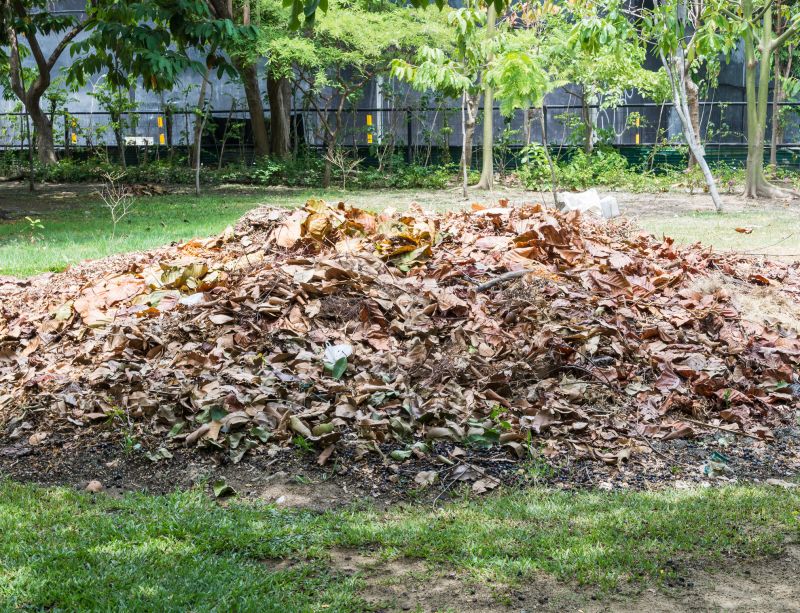
High-end options that actually feel worth it for Brush Collections.
Brush collections involve the systematic removal of unwanted or overgrown plant material, which can improve landscape health and appearance. Regular collection helps prevent the spread of invasive species, reduces fire hazards, and maintains property aesthetics. Data indicates that scheduled brush maintenance can reduce wildfire risks by up to 30 percent and improve plant health by removing diseased or dead growth.
Optimal timing for brush collection varies based on regional climate and specific plant species. For example, in temperate zones, early spring and late fall are typically preferred, while in warmer regions, year-round maintenance may be necessary. Proper timing ensures that plant ecosystems remain balanced and that invasive species are managed effectively.
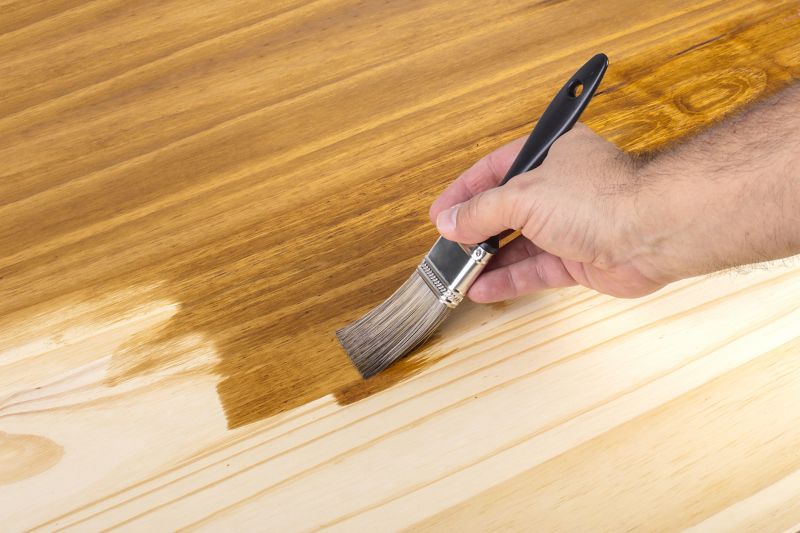
Finishes and colors that play nicely with Brush Collections.
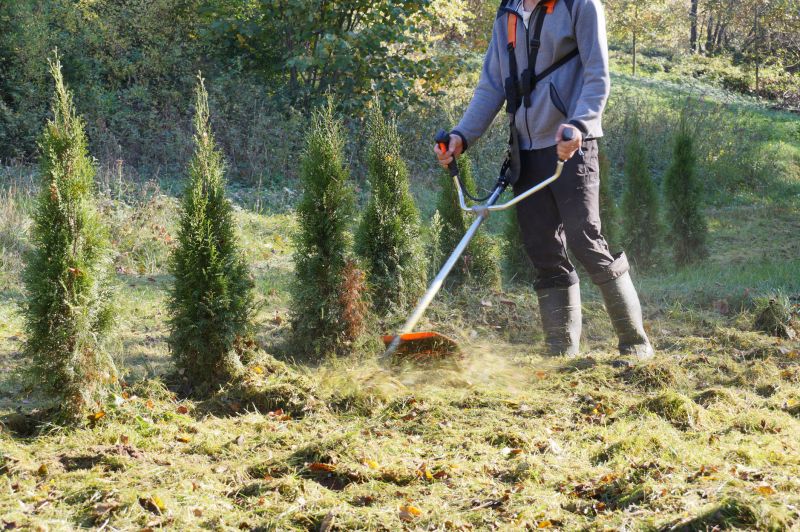
Little measurements that prevent headaches on Brush Collections day.

A 60-second routine that keeps Brush Collections looking new.
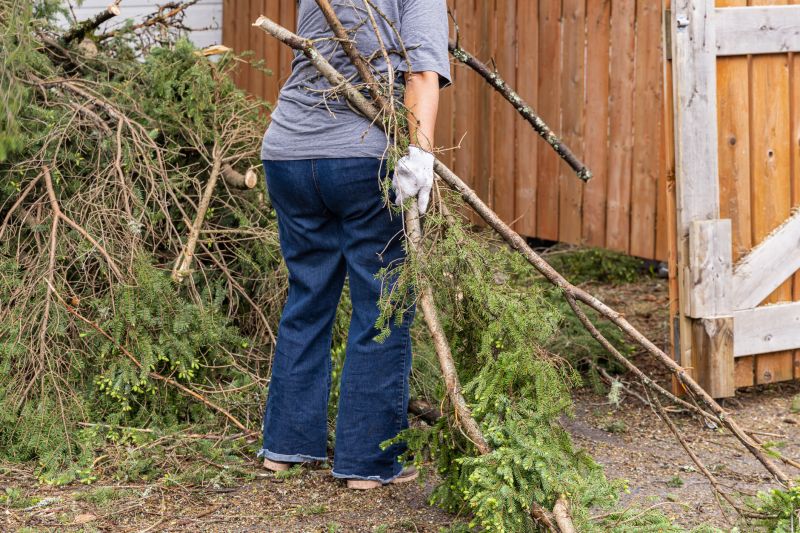
A frequent mistake in Brush Collections and how to dodge it.
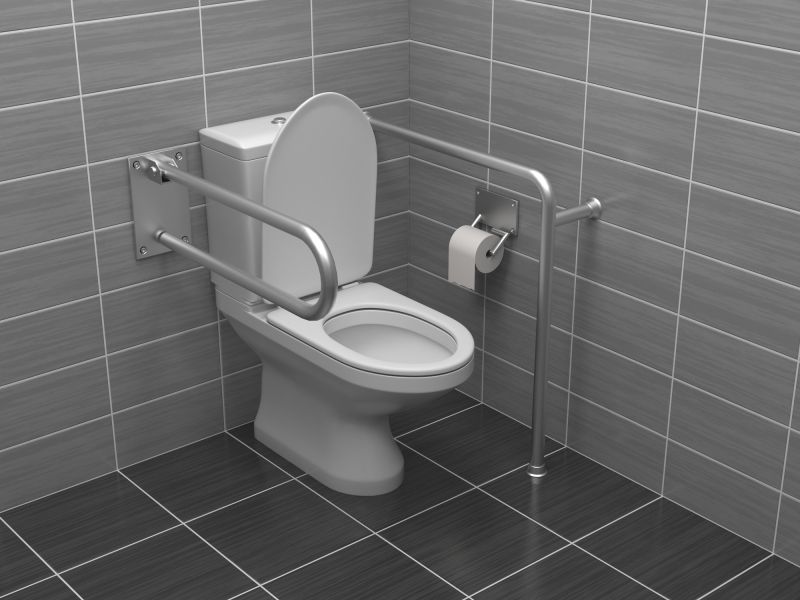
Small tweaks to make Brush Collections safer and easier to use.

Lower-waste or water-saving choices for Brush Collections.
| Season | Recommended Brush Collection Activities |
|---|---|
| Spring | Remove winter-damaged branches and prepare for new growth. |
| Summer | Control invasive species and clear overgrowth. |
| Fall | Clean up fallen branches and prepare landscape for winter. |
| Post-Storm | Remove storm debris and damaged plant material. |
| Pre-Planting | Clear area for new planting projects. |
| Winter | Limited collection; focus on storm debris and dead material. |
Engaging in timely brush collections supports landscape health, reduces fire risks, and maintains aesthetic appeal. Proper scheduling aligned with seasonal changes maximizes effectiveness and ensures sustainable landscape management. For further assistance or to schedule a brush collection service, consider filling out the contact form to discuss options and timing tailored to individual landscape needs.
